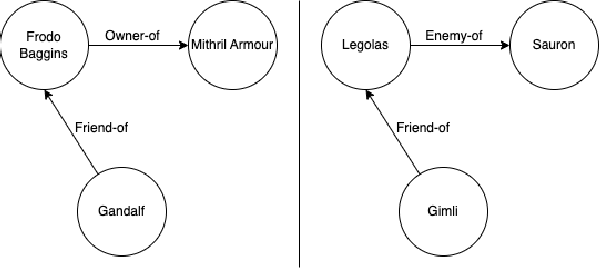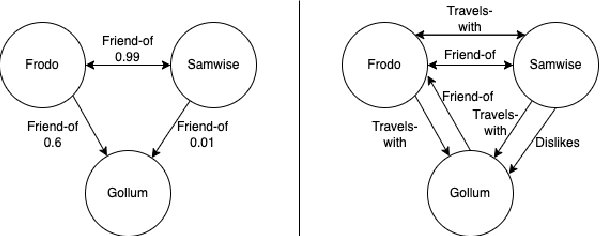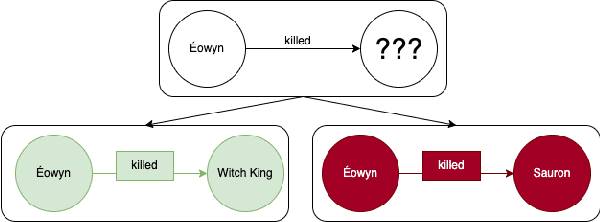Veni, Vidi, Vici: Solving the Myriad of Challenges before Knowledge Graph Learning
Paper and Code
Feb 08, 2024



Knowledge Graphs (KGs) have become increasingly common for representing large-scale linked data. However, their immense size has required graph learning systems to assist humans in analysis, interpretation, and pattern detection. While there have been promising results for researcher- and clinician- empowerment through a variety of KG learning systems, we identify four key deficiencies in state-of-the-art graph learning that simultaneously limit KG learning performance and diminish the ability of humans to interface optimally with these learning systems. These deficiencies are: 1) lack of expert knowledge integration, 2) instability to node degree extremity in the KG, 3) lack of consideration for uncertainty and relevance while learning, and 4) lack of explainability. Furthermore, we characterise state-of-the-art attempts to solve each of these problems and note that each attempt has largely been isolated from attempts to solve the other problems. Through a formalisation of these problems and a review of the literature that addresses them, we adopt the position that not only are deficiencies in these four key areas holding back human-KG empowerment, but that the divide-and-conquer approach to solving these problems as individual units rather than a whole is a significant barrier to the interface between humans and KG learning systems. We propose that it is only through integrated, holistic solutions to the limitations of KG learning systems that human and KG learning co-empowerment will be efficiently affected. We finally present our "Veni, Vidi, Vici" framework that sets a roadmap for effectively and efficiently shifting to a holistic co-empowerment model in both the KG learning and the broader machine learning domain.
 Add to Chrome
Add to Chrome Add to Firefox
Add to Firefox Add to Edge
Add to Edge